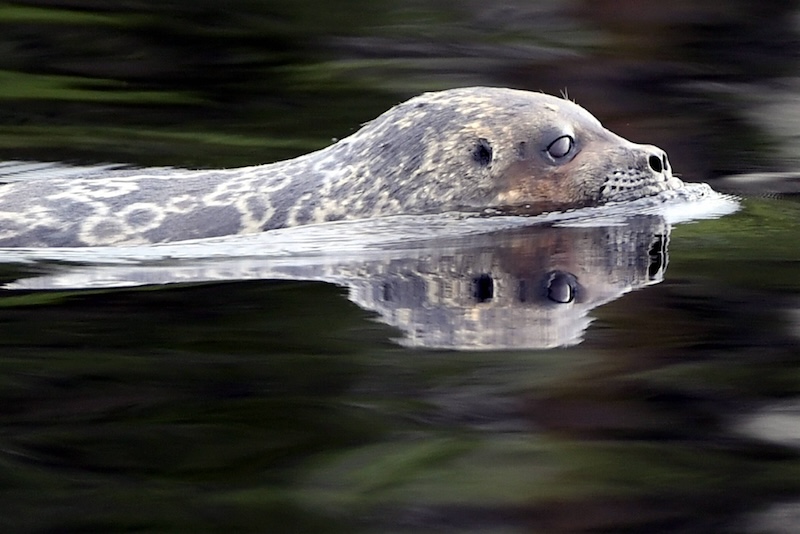The Saimaa ringed seal, native to eastern Finland’s Lake Saimaa, has been reclassified as its own species following genetic analysis by Finnish and international researchers.
Previously listed as a subspecies of the ringed seal, the Saimaa population will now be known as Pusa saimensis, the International Society for Marine Mammalogy confirmed. The decision replaces its earlier classification as Pusa hispida saimensis.
The scientific reclassification follows evidence that the Saimaa ringed seal is genetically and structurally distinct from all other ringed seals. The findings were based on a study by researchers from the University of Helsinki, the University of Eastern Finland, the Natural Resources Institute Finland (Luke), the University of Copenhagen, and Japan’s National Museum of Nature and Science.
Researchers concluded that the Saimaa seal line diverged from other ringed seals more than 60,000 years ago — long before the formation of Lake Saimaa itself, which dates back around 10,000 years. This timeline confirms the Saimaa seal’s long and isolated evolutionary path.
The University of Eastern Finland said the new classification provides a stronger scientific and ethical foundation for conservation. The Saimaa ringed seal is Finland’s only endemic mammal and among the rarest freshwater seals in the world. It does not exist outside the Lake Saimaa region.
Despite decades of protection, the population remains at risk. Roughly 500 individuals are currently estimated to inhabit the lake. Their survival is threatened by climate change, human activity, and loss of safe breeding environments.
The species’ isolated habitat and small population make it particularly vulnerable to environmental disruption. Conservation efforts include bans on fishing methods that can entangle seals, habitat preservation, and artificial snowdrifts to help seals give birth during low-snow winters.
The Saimaa ringed seal is one of only a handful of endemic mammals in Europe. Its reclassification as a species adds urgency to long-term conservation plans and supports continued international monitoring.
HT
